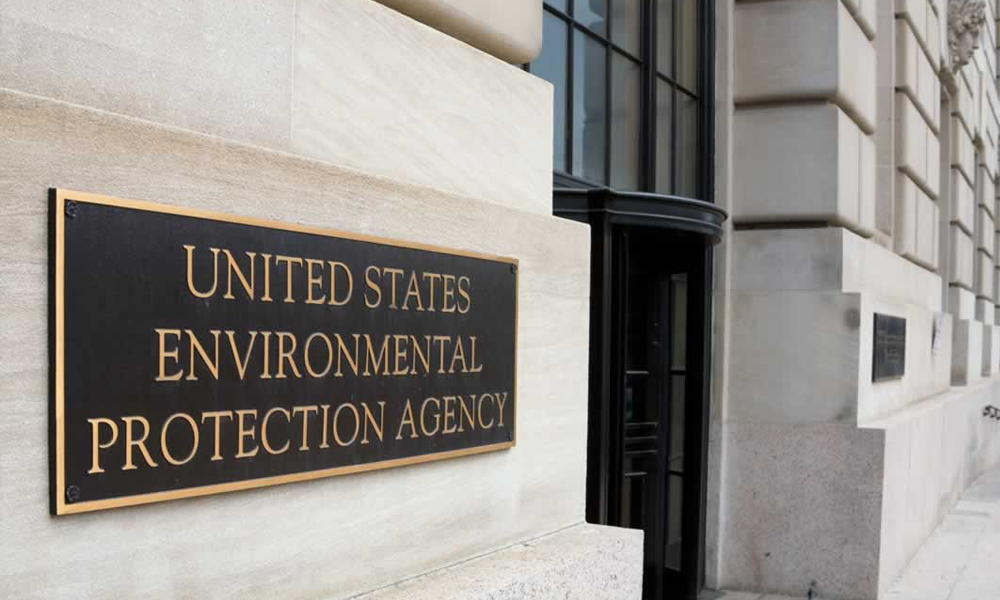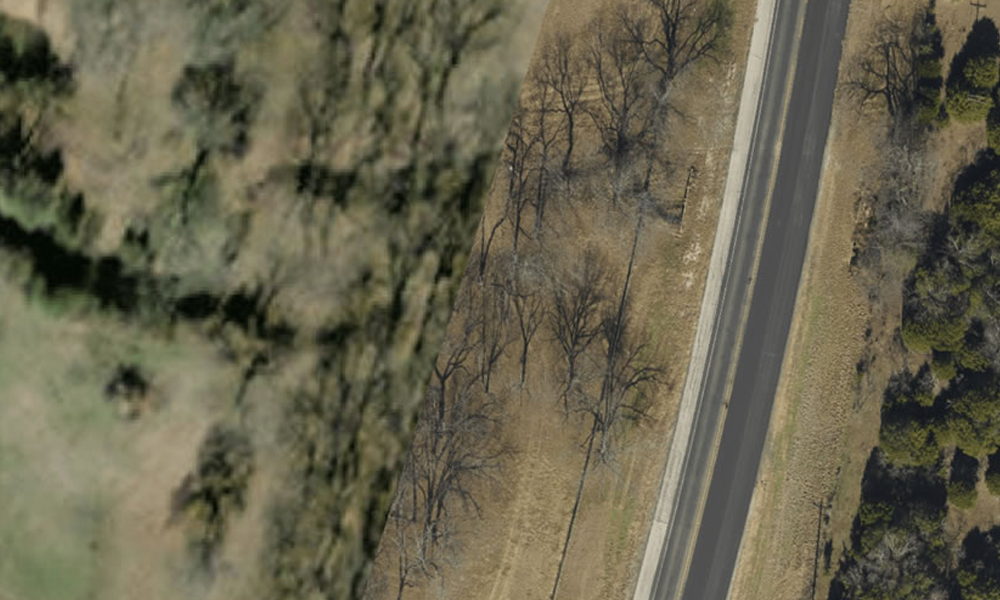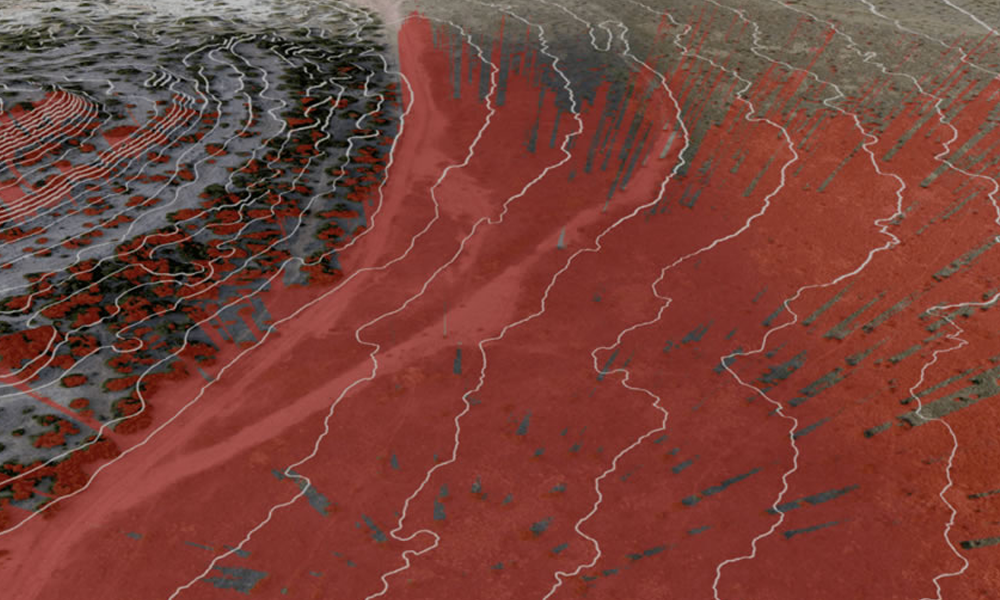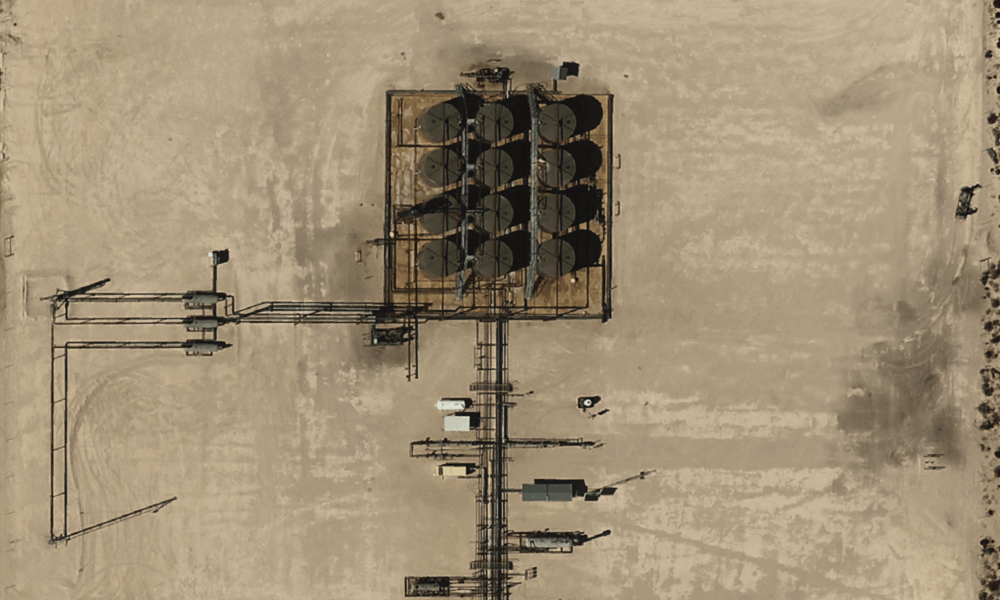EPA Proposed Methane Rule Updates: Key Takeaways
EPA Proposed Methane Rule Updates: Key Takeaways
EPA Proposed Methane Rule Updates: Key Takeaways
EPA Proposed Methane Rule Updates: Key Takeaways

Addressing climate change and improving air quality, the U. S. Environmental Protection Agency (EPA) held hearings on methane rules January 10-12, 2023, in an effort to “strengthen and expand” proposals from November 2021.
Key Areas Subject to Updated EPA Methane Regulations
The EPA is looking to expand both the reach and frequency of methane emissions monitoring within the oil and gas industry. They plan to include more well sites and compression stations in regular inspections. The previous proposal had ignored wellhead-only sites, defined as lacking major production and processing equipment.
At wellhead sites, inspections must involve three senses: audio, visual and olfactory (AVO), along with optical gas imaging (OGI), which uses thermal infrared cameras equipped with a filter that detects airborne hydrocarbons. AVO tests must be performed quarterly, and sites with two or more wellheads will also require OGI every six months. The largest production and processing sites will need AVO inspections bimonthly and OGI inspections quarterly.
Other key areas subject to updated EPA methane regulations include abandoned wells, flares, and pneumatic pumps and compressors.
Abandoned Wells and Flares
Abandoned wells are significant sources of fugitive emissions. There are tens of thousands of abandoned wells across the country, many of which have been left untended for decades. Under the new EPA rules, abandoned wells will receive greater scrutiny.
To abandon a well, the proposed rules would require oil and gas operators to submit a well closure plan that includes plugging all wells, documenting financial assurance to complete the process, and providing a schedule for completing closure. Producers must continue to monitor abandoned wells until the locations are decommissioned, involving a final OGI survey certifying the site as emission-free.
Flares are important at the startup of new oil and gas wells. Operators can immediately collect produced oil in onsite tanks, for collection in tanker trucks. Natural gas, on the other hand, must flow through a treatment plant, then to a pipeline, and often there is a delay in connecting the new well to a gas collection point.
Rather than delay oil production while waiting for gas connections, many companies prefer to flare the gas. Instead of releasing methane, which is a flammable, poisonous, greenhouse gas, they release carbon dioxide – still a greenhouse gas but less of a health and environmental problem.
However, flares can leak or the flame can blow out, allowing fugitive emissions.
The EPA proposals looks to tighten regulations on flares, banning flares at all sites unless an operator proves there is no other option. Other alternatives to flares include using produced gas to power an electric generator onsite, and pumping the gas into an injection well for enhanced oil recovery (EOR).
Pneumatic Pumps and Compressors Added Proposed Rule
Pneumatic pumps and controllers have been known for years to be leak sources, and the new EPA proposals would eliminate these components at certain facilities in favor of electric pumps, unless a producer can prove there is no electricity nearby to power electric pumps.
Super Emitter Response Program
Sometimes even a strictly monitored site can have a dangerous release. The EPA will seek input on how to improve their November 2021 proposal on identifying and responding to super-emitter incidents. Their goals are to identify an event’s occurrence, create a plan to supply accurate information to involved parties, and ultimately remediate the event and prevent any recurrences.
Purpose of the Hearings
The EPA will eventually make decisions about what types of equipment should be monitored and what kind of equipment should do the monitoring. Discussions are open on deadlines and schedules for adoption of new rules, along with how to set compliance schedules for individual situations. All these topics and more are open to comment at the hearings.
The EPA is also seeking input on how to document site ownership, and alternative ways of obtaining such information. This can help in assigning responsibility for cleaning up abandoned wells.
Historically there have been opposing opinions between producers and environmentalists, and disagreement between major producers and smaller operators as well. The new regulations will affect all these parties, and when the EPA reports its findings, Prius Intelli will summarize the critical points in a future post.

Addressing climate change and improving air quality, the U. S. Environmental Protection Agency (EPA) held hearings on methane rules January 10-12, 2023, in an effort to “strengthen and expand” proposals from November 2021.
Key Areas Subject to Updated EPA Methane Regulations
The EPA is looking to expand both the reach and frequency of methane emissions monitoring within the oil and gas industry. They plan to include more well sites and compression stations in regular inspections. The previous proposal had ignored wellhead-only sites, defined as lacking major production and processing equipment.
At wellhead sites, inspections must involve three senses: audio, visual and olfactory (AVO), along with optical gas imaging (OGI), which uses thermal infrared cameras equipped with a filter that detects airborne hydrocarbons. AVO tests must be performed quarterly, and sites with two or more wellheads will also require OGI every six months. The largest production and processing sites will need AVO inspections bimonthly and OGI inspections quarterly.
Other key areas subject to updated EPA methane regulations include abandoned wells, flares, and pneumatic pumps and compressors.
Abandoned Wells and Flares
Abandoned wells are significant sources of fugitive emissions. There are tens of thousands of abandoned wells across the country, many of which have been left untended for decades. Under the new EPA rules, abandoned wells will receive greater scrutiny.
To abandon a well, the proposed rules would require oil and gas operators to submit a well closure plan that includes plugging all wells, documenting financial assurance to complete the process, and providing a schedule for completing closure. Producers must continue to monitor abandoned wells until the locations are decommissioned, involving a final OGI survey certifying the site as emission-free.
Flares are important at the startup of new oil and gas wells. Operators can immediately collect produced oil in onsite tanks, for collection in tanker trucks. Natural gas, on the other hand, must flow through a treatment plant, then to a pipeline, and often there is a delay in connecting the new well to a gas collection point.
Rather than delay oil production while waiting for gas connections, many companies prefer to flare the gas. Instead of releasing methane, which is a flammable, poisonous, greenhouse gas, they release carbon dioxide – still a greenhouse gas but less of a health and environmental problem.
However, flares can leak or the flame can blow out, allowing fugitive emissions.
The EPA proposals looks to tighten regulations on flares, banning flares at all sites unless an operator proves there is no other option. Other alternatives to flares include using produced gas to power an electric generator onsite, and pumping the gas into an injection well for enhanced oil recovery (EOR).
Pneumatic Pumps and Compressors Added Proposed Rule
Pneumatic pumps and controllers have been known for years to be leak sources, and the new EPA proposals would eliminate these components at certain facilities in favor of electric pumps, unless a producer can prove there is no electricity nearby to power electric pumps.
Super Emitter Response Program
Sometimes even a strictly monitored site can have a dangerous release. The EPA will seek input on how to improve their November 2021 proposal on identifying and responding to super-emitter incidents. Their goals are to identify an event’s occurrence, create a plan to supply accurate information to involved parties, and ultimately remediate the event and prevent any recurrences.
Purpose of the Hearings
The EPA will eventually make decisions about what types of equipment should be monitored and what kind of equipment should do the monitoring. Discussions are open on deadlines and schedules for adoption of new rules, along with how to set compliance schedules for individual situations. All these topics and more are open to comment at the hearings.
The EPA is also seeking input on how to document site ownership, and alternative ways of obtaining such information. This can help in assigning responsibility for cleaning up abandoned wells.
Historically there have been opposing opinions between producers and environmentalists, and disagreement between major producers and smaller operators as well. The new regulations will affect all these parties, and when the EPA reports its findings, Prius Intelli will summarize the critical points in a future post.







